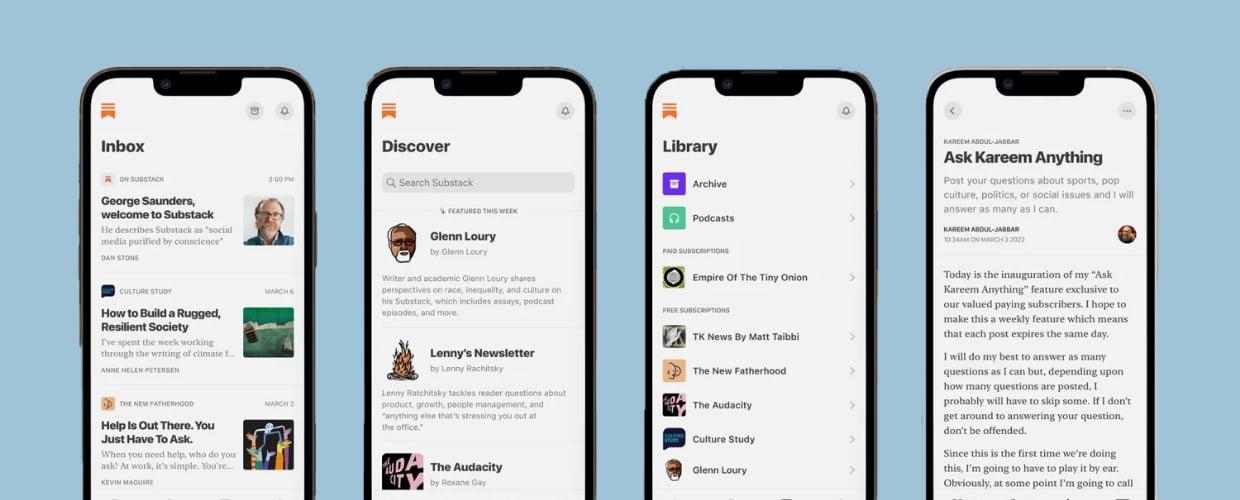Pro tips for global brands entering the U.S. market

Many brands are familiar to U.S. audiences primarily because they were born here. But for companies originating in EMEA, LATAM, APAC and other regions, there are a lot of potential barriers to entering the U.S. It’s imperative to work with marketing experts who have extensive experience launching products and brands in the U.S. in order to create relevance, engage customers and pave the way for long-term success.
Here are some of our top tips:
- What’s in a name? A lot - A few decades ago, there was an urban legend about a car called the Chevy Nova that was marketed in Mexico and South America. As the story went, sales of the car were dismal, which was attributed to the “fact” that the word “nova” in Spanish translated into “doesn’t go,” implying the car wouldn’t run at all. While that is quite the tall tale, upon further investigation, the literal translation for “doesn’t go” in Spanish is “no va,” two words. And, fun fact, the car actually sold well in Mexico and Venezuela. Despite the myth status, it remains a cautionary tale for brands to do their homework when considering if a product name has relevance, or even unintentional negative connotations, in different markets. We recommend our clients undergo at least cursory research of the target audience segments and competitive landscape to determine the level of relevance and awareness of an existing brand or product name. This is the first step in a sound marketing strategy.
- When headquarters dictate messaging - It’s a very common scenario: corporate HQ hands down brand messaging to geographically dispersed marketing teams and mandates that all content be translated and used as is. But literal translations often lose meaning in, well, translation. If this sounds familiar then we can share some tips to convince the home office, whether in Munich, Paris or Oslo, that localization -- not just translation -- of all materials is an imperative step for customer- or prospect-facing content. Making your brand relevant means speaking the language of the target audience you’re working to engage. And I’m not just talking about grammar and usage. I’m talking about geographically relevant metaphors and scenarios that will breathe life into the messages you’re trying to relay. As consultants, we often work with our clients to help their HQ counterparts understand the importance of message localization to enhance relevance and impact, without compromising the integrity of the brand and its history.
- Media function differently across markets - A brand based in China, for example, may be accustomed to a certain type of press engagement when launching a product or making a news announcement at an industry event. Group media briefings are common in some countries, where journalists often act as a team during interviews to help get the most insights for each reporter’s benefit. Media in the U.S. market, however, do not play so nicely in the sandbox. You’re now entering a hyper competitive and shrinking set of newsrooms vying for the best stories in the shortest timeframe. Your media strategy and approach need to take these nuances into account, and you need a PR team that can help you get the most positive outcomes and not alienate industry influencers and journalists.
- Set reasonable and measurable expectations - A new brand or product with little awareness in the U.S. will likely not earn the attention of tier 1 press right away. Any PR partner worth their salt will counsel you to set reasonable expectations about how much “buzz” you can truly create immediately in a new market. This is a marathon and not a sprint. Flashy gimmicks may create an immediate splash, but for relevant and sustained traction against awareness and share of voice (SOV) goals, a thoughtful and measured approach is best. Instead, especially for B2B or SaaS companies, trade media will help build credibility and legitimacy for your offering and generate momentum to engage a more general B2B media audience. Creating a thought leadership platform is a critical step before any media engagement occurs. And controlled messages in the form of byline articles and blog posts or LinkedIn articles will establish a consistency in your brand and executive voice.
Product launches take time, research, and an in-depth understanding of your target audiences and media. While this is true for all brands regardless of where they are based, if you’re launching in the U.S. market, there are potential barriers to consider in order to meet your business goals and objectives.
Looking to expand to the U.S.? Download our product launch checklist below and get in touch to learn how Airfoil can make your product launch a success: bryson@airfoilgroup.com





